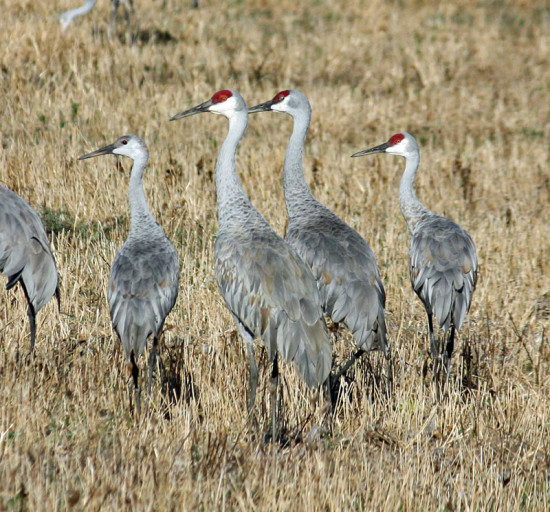Walking through grocery stores at this time of year (or at any time for that matter), makes me wonder how many people believe that fruits and vegetables actually look like what is often up for sale. Recently, I’ve been noticing kale in the various grocery stores I’ve been in and it isn’t pretty. Pale, limp and discoloured. If this is what most people have come to accept as a reliable example of kale, then it’s no wonder so many people claim to hate the much maligned green! Fresh kale is not only a delicious vibrant addition to the menu, it is also a variety of plant that comes to the table fairly well loaded with vitamins and minerals. From a gardener’s perspective, kale is a great plant to work with because it’s reliable, cold hardy, relatively attractive and doesn’t take up much space in the garden relative to what it gives back. If you are one of those people who have suffered through a meal of sad lifeless grocery store kale, don’t write it off yet. Grow your own and see how the fresh product translates to the table. I’m pretty sure a lot of opinions will be revised if plenty of gardeners take this advice.
One of the older agricultural crops known to modern man, kale was grown by the Greeks and Romans at least two thousand years ago. References to kale in North American literature can be found as far back as the mid sixteen hundreds. Often referred to as its own distinct plant group, collard greens are in essence the same plant as kale. So are cabbage, cauliflower, Brussels sprouts, kohlrabi and brocolli. These various vegetables are all the same genus and species (Brassica oleracea), and have simply been bred over the centuries for slightly different characteristics. The kales and collard greens are in essence non-heading cabbages which leads to their botanical name of Brassica oleracea acephala (acephala means headless in Latin).
Kale is super easy to grow. They are not overly choosy about soil although a nice rich loamy soil will certainly pay off at harvest time. Kale can be started indoors and transplanted out or it can be direct seeded. I do find it much easier to pre-start my kale and deal with seedlings at planting time. Starting the seeds of kale is as easy as it gets. Bury the seeds their own depth in sterile seed starting mix. Using cell packs and planting one seed per cell makes transplant time a lot easier. Moisten the soil, cover with a clear plastic dome and place in subdued light at a cool room temperature. Germination should be evident in a few days at which point the dome can be removed and the seedling tray should move to bright light. Use dilute plant food every third or fourth watering until your seedlings are large enough to be handled and then they can be hardened off in preparation for being placed in the garden. Working an inch or two of well rotted manure or compost into the transplant bed in advance will make for perfect growing conditions. Being a leafy green, kale thrives on a little higher nitrogen level than many other garden vegetables prefer. I find that the locally produced Meekers Magic Mix fish compost is ideal for crops such as kale. Water your transplants in well and be sure they don’t dry out while they are establishing their root systems. When you water, water them deeply to encourage the roots to chase the water deep down into the soil. This will make for much more drought resistant plants later when the summer heat sets in. Many experts suggest that kale does not like the heat but I see it a little differently. I believe that kale dislikes the arid conditions that accompany our summer heat. Here on Gypsy Family Farm we grow kale in greenhouse conditions that routinely exceed forty degrees Celcius. Because of the high humidity levels in the greenhouse the plants do not seem to suffer from the heat. Instead they grow far better than they do in the outside gardens. While I realize not everyone can grow their kale indoors, it is possible for everyone to make sure that their kale is watered on a regular enough basis to keep it happy and performing its very best.
During the spring and early summer, tender young kale leaves can be harvested and used for salads or in stir fried dishes. Harvest the lowest leaves from the plant being careful not to nip the terminal bud at the top of the plant. Harvesting in this manner will ensure an ongoing supply of leaves. As the days become warmer (and drier), kale leaves tend to get tougher and develope a hint of bitterness. Only true die hard kale fans harvest and eat this leafy green when the conditions are such. At this time it’s wise to leave your kale plants to grow. Later in the fall, frosts will make the giant leaves on your kale plants unbelievably sweet and this is when they are at their peak of both flavour and nutrition.
It looks like we’ll have to extend the kale talk for one more week. Until then, enjoy the sunshine!!!




